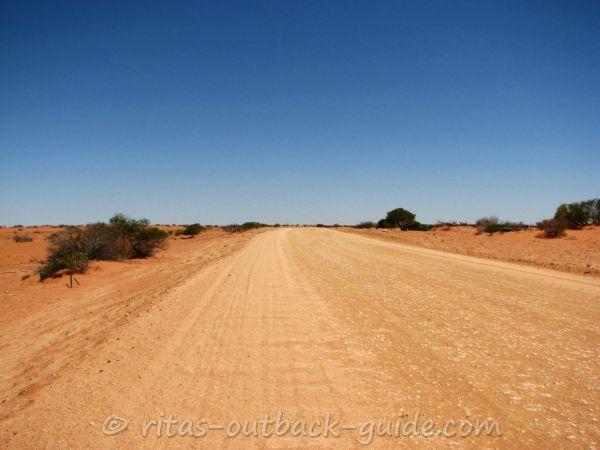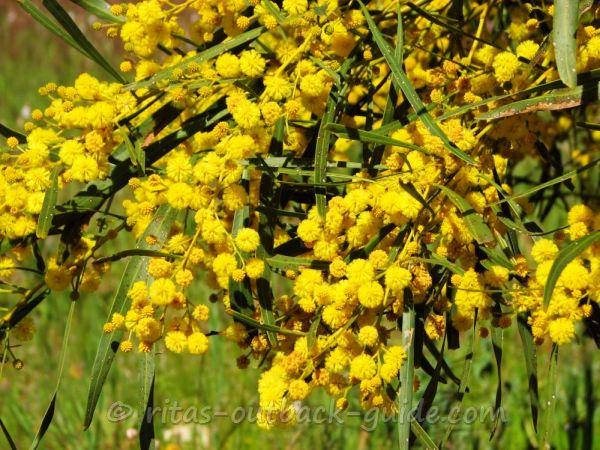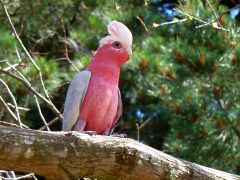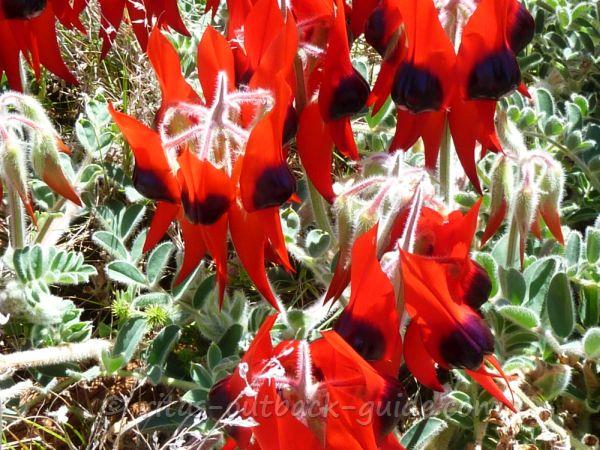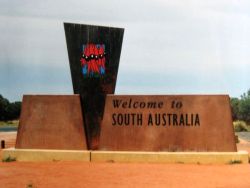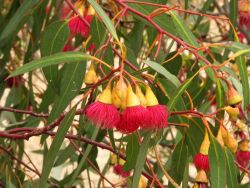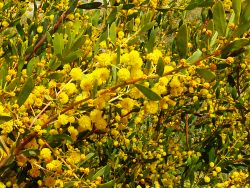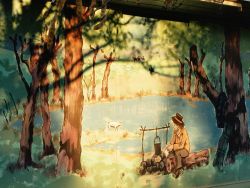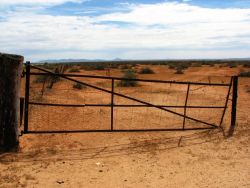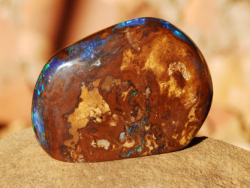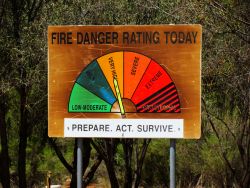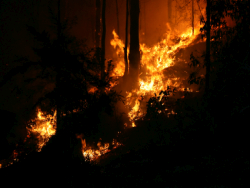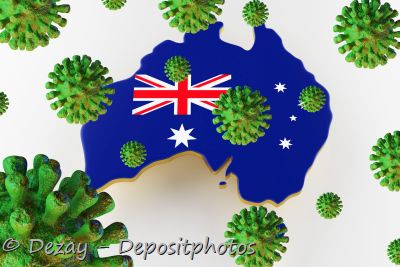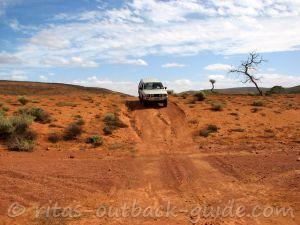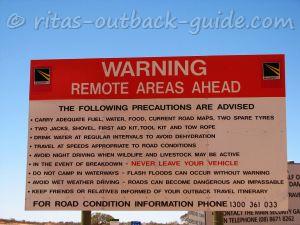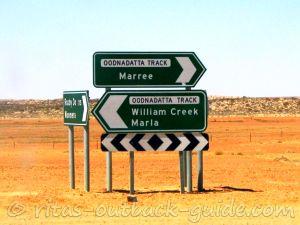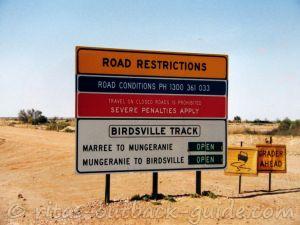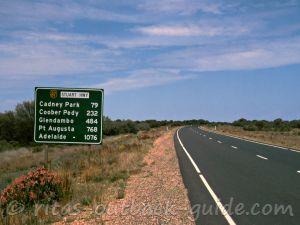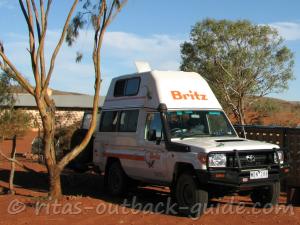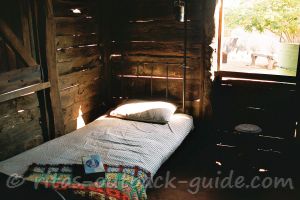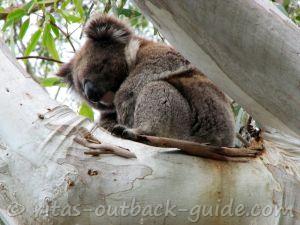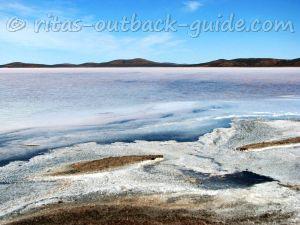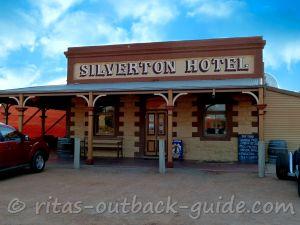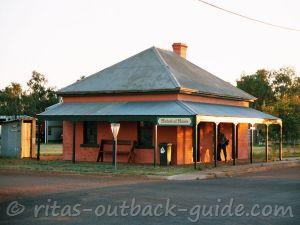Australian Facts
Interesting facts you always wanted to know about Australia
Here you'll find serious and fun Australian facts, about the population,
climate, animals and more. Some details you probably know already, some
may surprise you.
Let's start with some general facts, the size of
the country, the people, and where they live. You can see on the map
that it is a huge country.
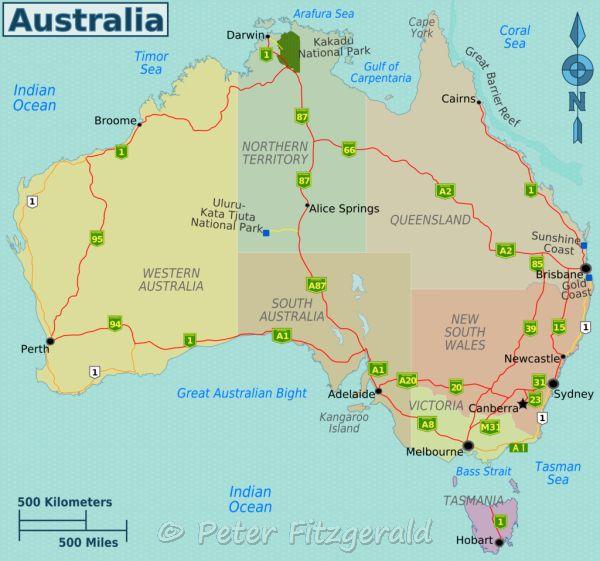 Map of Australia showing the states and the main highways - (CC BY-SA 4.0)
Map of Australia showing the states and the main highways - (CC BY-SA 4.0)General facts about Australia
Australia is a constitutional monarchy, the Queen or King of England is
the head of the state, represented by the Governor-General. However, Australia is ruled by an elected government. The
official name is Commonwealth of Australia.
The name Australia derives from the ancient term Terra Australis Incognita, which is Latin and means the "unknown land in the south". The term dates back to Roman times. It was
believed that the land in the northern hemisphere must be balanced in
the south. This was long before explorers actually discovered the 5th continent.
Australia is...
- the sixth-largest country in the world, by size, not by population
- the smallest continent
- often referred to as the largest island in the world
- the flattest continent
- the driest inhabited continent
Distances are huge, from west to east some 3,800 km, from north to south about 3,200 km. The total area is 7,686,850 sq km (2,967,909 sq mi).
Australia's population consists of almost
25 million people (2018), that is about 3,2 inhabitants per km²
(European Union 117 per km²).
About 70 % of the Australians live in the big
cities along the southern and eastern coasts, and in Perth in Western
Australia. It is a very urbane country.
Once you cross the Great Dividing Range, which stretches along the east coast, it is getting lonelier the further you drive to the west.
More Australian Facts
- Australia has six states and two territories. The landscapes vary
from tropical rainforests, alpine regions to deserts and semi-arid
lands.
- European settlement began on 26. January 1788, when the first fleet of convicts arrived at Botany Bay in New South Wales. This day is celebrated as Australia Day in all states and territories.
- The Australian continent is very old, and has been populated for 60,000 years by Aboriginal and Torres Strait Islander people. Today 3,3% of the population are indigenous people
- "Advance Australia Fair" has been Australia's official national anthem since 19 April 1984, when it replaced "God Save The Queen".
- What's the unofficial national anthem?? Of course "Waltzing Matilda" written by Andrew Barton Paterson.
Australian flora and fauna
Unique Australian animals and beautiful wildflowers, along with
thrilling landscapes, that's what attracts visitors to the Australian
Outback.
The Australian continent has been geographically isolated for about 80
million years. About 80 to 90 % of Australia's animals and also many
species of flora are endemic to the continent, that means they are unique to Australia. You'll see some amazing
plants and creatures.
- Australia has the most reptiles of any country
- The emu and the kangaroo are the heraldic animals
- The wattle is the national floral emblem
- There are more venomous than non-venomous snakes
- Australia has lots of flies, they try crawl into your nose and eyes to get moisture.
- Oh, and lots of spiders, millipedes, and other insects.
- But the koalas are cute :)
Click on an picture below to read more about the native animals.
Australian Time Zones
Australia has three time zones.
- Australian Eastern Standard Time (AEST) is Greenwich Mean Time plus 10 hours: in New South Wales (except Broken Hill which has Australian Central Standard Time), Australian Capital Territory, Victoria, Tasmania and Queensland.
- Australian Central Standard Time (ACST) is Greenwich Mean Time plus 9 1/2 hours: in South Australia and Northern Territory.
- Australian Western Standard Time (AWST) is Greenwich Mean Time plus 8 hours:in Western Australia.
Northern Territory and Queensland don't have daylight saving time in
summer. Western Australia had experimental summer time from 2006 until
2009, but not any more.
Australian Climate Facts
- The southern parts of Australia have distinctive four seasons, however, opposed to those in the northern hemisphere. When it is winter in Europe and North America, it is summer in Australia. You will hardly see snow, apart from the mountainous regions in eastern Victoria, and southern New South Wales.
- Australia's north is in the tropics. There are two seasons, the dry and the wet, and both have high temperatures around the year.
- The centre has typical desert climate, hot days and cold nights, which can be freezing in winter.
- Read more about the Australian climate and about the danger of bushfires.
Check out more Australian Facts and Stories
- Home ›
- Australian Facts
